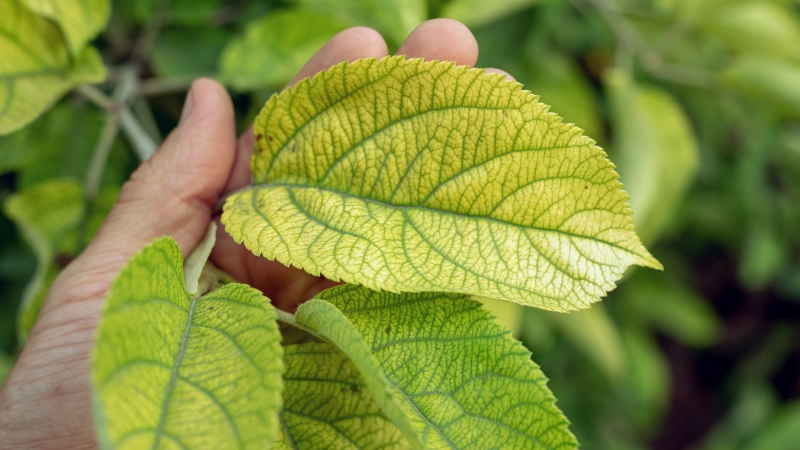Know-How To Knock Off White Rust Of Crucifers

Disease Specs
White rust, caused by the pathogen Albugo candida, occurs in all parts of the world where cruciferous crops are grown. While the disease can affect a range of cruciferous crops, in Florida, it is most common on mustard and radishes and less common on crops like cabbage and broccoli.
Identification
This common, but usually not serious, disease is identified by circular pustules or “blisters” filled with masses of chalky white spores, which are produced mainly on the lower leaves, occasionally on the upper leaves, and sometimes on stems and flower parts. Pustules measure approximately 1 to 2 millimeters in diameter and are white or creamy yellow.
The initial symptom of white rust is the appearance of yellow spots on the leaves. These areas enlarge becoming lighter colored and produce a raised area before the epidermis finally cracks open exposing the white spore mass.
The leaf tissue over the pustules becomes yellow and eventually turns brown and dies, leaving dark brown spots.
Survival And Spread
The pathogen is not a true rust and is not classified as a member of the kingdom Fungi. However, the organism does imitate the true rusts in the expression of its reproductive structures as well as the fact that it is an obligate parasite, requiring a living host for survival.
Sporangia are produced in the pustules and are dispersed by wind, rain, or insects to neighboring plants. Each sporangium gives rise to five to seven zoospores. The optimum temperature for zoospores to penetrate plant tissue ranges from 60°F and 78°F. Heavy dew or fog is adequate to provide the moisture necessary for zoospore activity, although the disease may be more severe during periods of extended rainfall and lower temperatures.
Oospore-contaminated seeds are probably the most important sources of primary infection of white rust. Oospores on seeds are able to survive for a long period of time when kept dry, but do not survive long in the soil suggesting that oospores in soils are not a primary source of infection for the following crop.
The disease also can survive on cruciferous weeds like wild mustard and pepper grass (Lepidium sp.).
Management Methods
Use of clean seed and control of cruciferous weeds is important in managing this disease.
Resistance is available in some mustard varieties, but resistance is not available with Asian varieties such as Chinese mustard, Chinese cabbage, and pak choi.
Frequency of foliar fungicide applications will vary according to the length of crop and weather conditions. Older protectant fungicides such as fixed copper compounds, chlorothalonil, maneb, and mancozeb will provide some control. Newer materials such as metalaxyl (Ridomil, Syngenta Crop Protection), fenamidone (Reason, Bayer CropScience) and pyraclostrobin (Cabrio, BASF) provide limited curative activity and some systemic activity.
Consult UF/IFAS recommendations for currently labeled insecticides for white rust control in Florida cole crops.










